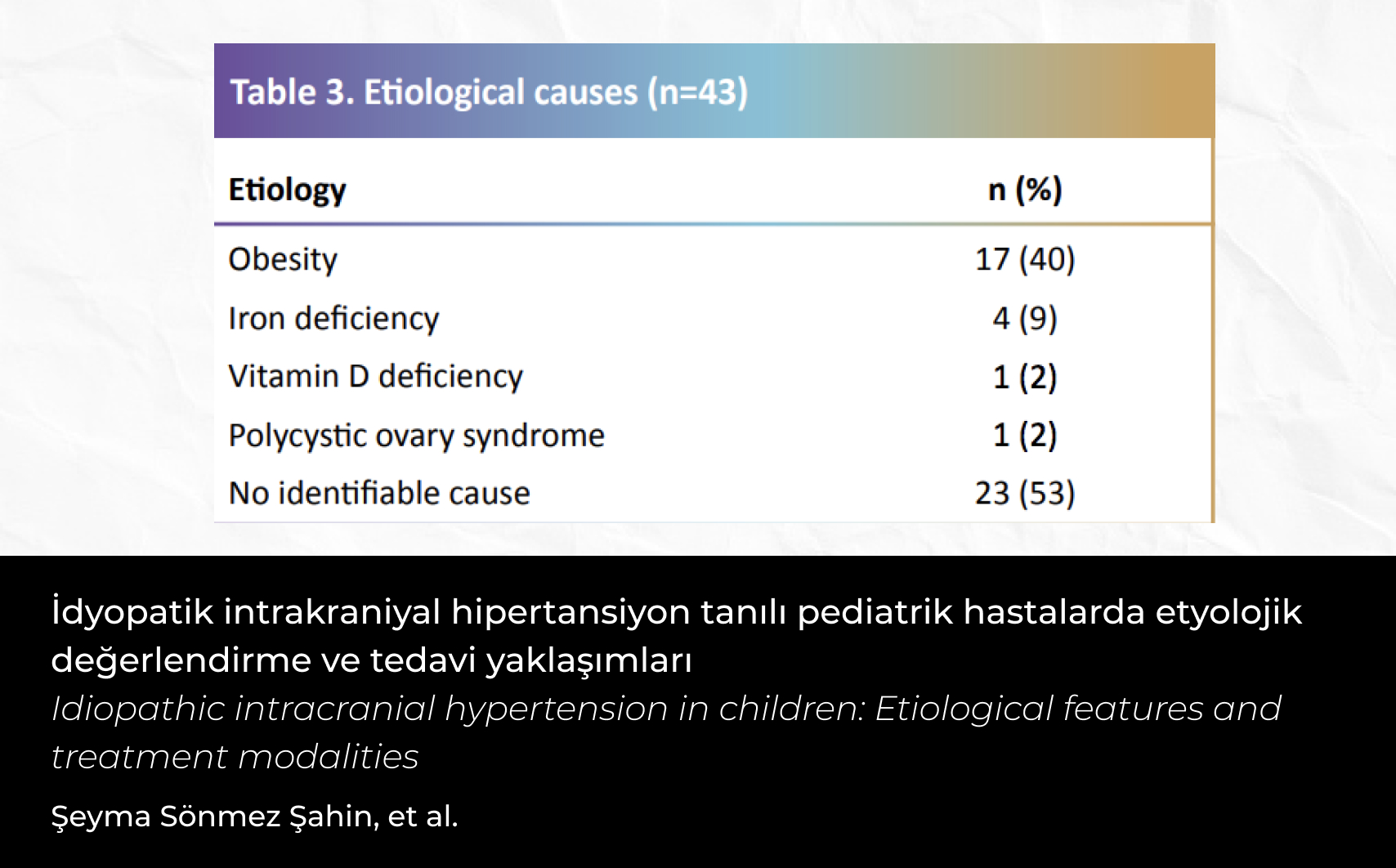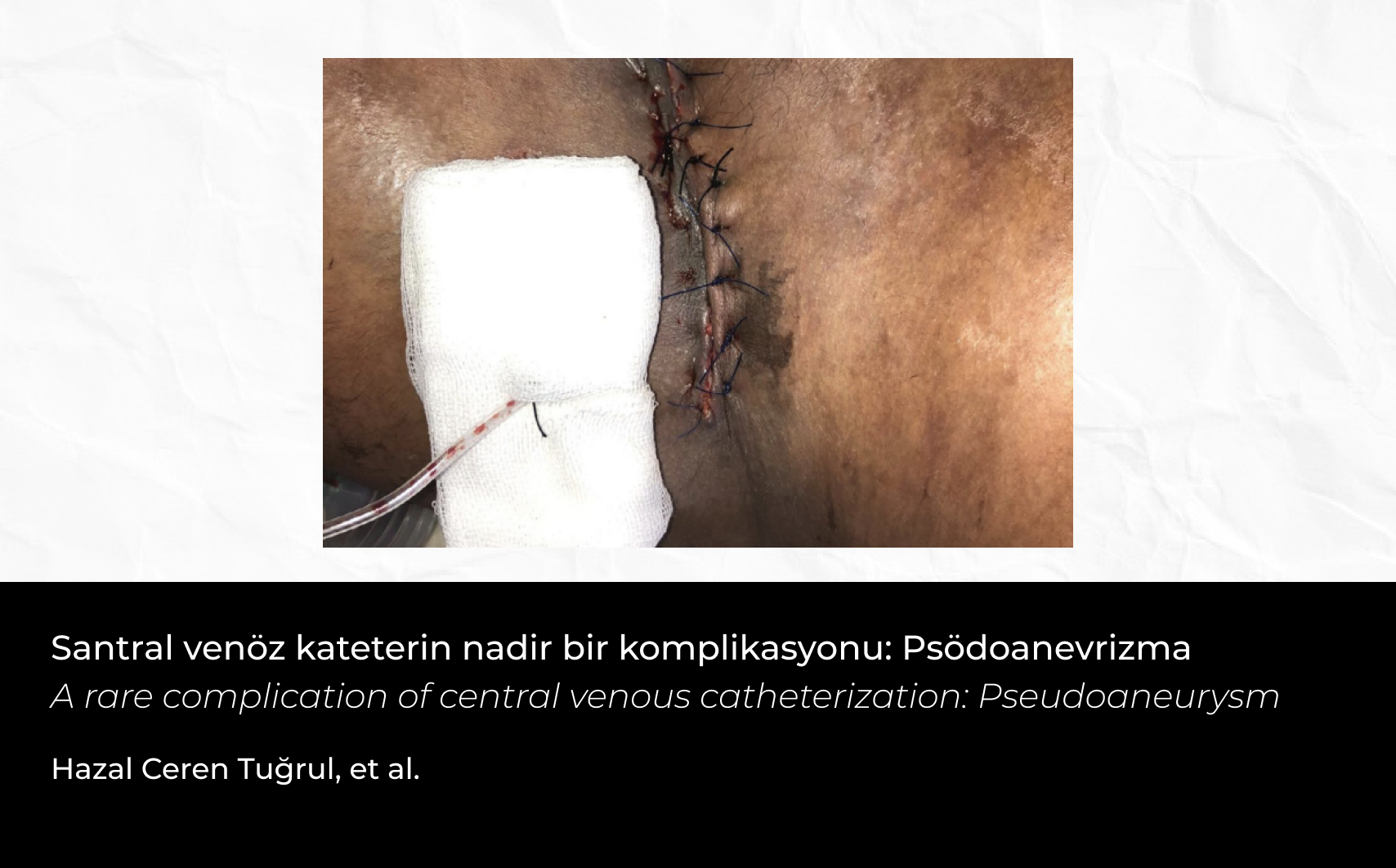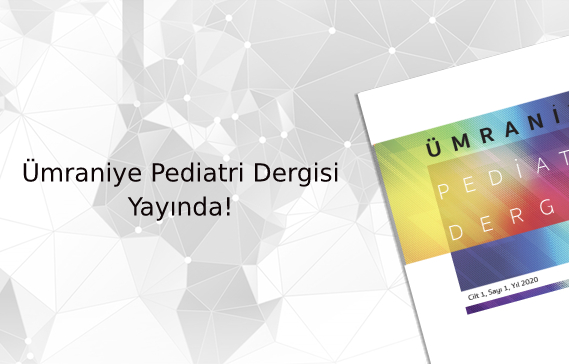2Sağlık Bilimleri Üniversitesi Ümraniye Eğitim ve Araştırma Hastanesi, Çocuk Sağlığı ve Hastalıkları Kliniği, İstanbul, Türkiye
3Sağlık Bilimleri Üniversitesi Ümraniye Eğitim ve Araştırma Hastanesi, Kulak Burun Boğaz Kliniği, İstanbul, Türkiye
Özet
Amaç: Çocuk yaş grubu trakeostomilerin çoğunluğu bir yaşın altında ve özellikle yenidoğan yoğun bakım ünitesinde ya da pediyatrik yoğun bakım transferleri sonrası gerçekleştiği görülmektedir. Bu çalışmada, uzun dönem takip ettiğimiz hastalarımızdaki trakeostomi tecrübemizi, endikasyonlarımızı sunmayı amaçladık.
Gereç ve Yöntemler: Bu çalışmada Ocak 2017–Ocak 2022 tarihleri arasında hastanemiz yenidoğan yoğun bakım ünitesinde yatarak tedavi gören ve trakeostomi açılan hastaların geriye dönük kayıtları incelendi. Trakeostomi endikasyonlarına göre hastalar iki gruba ayrılarak karşılaştırıldı.
Bulgular: Toplam 28 hasta çalışmaya alındı. Sekiz (%28) hasta üst hava yolu darlığı nedeniyle (grup 1), 20 (%72) hasta uzamış mekanik ventilasyon nedeniyle (grup 2) trakeostomize edildi. Her iki grup arasında ortanca doğum haftası ve doğum ağırlıkları arasında fark bulunmadı [36 hafta (24–41), 2320 gram (465–3925) ve 37 hafta (32–39), 2825 gram (1500–3400) sırasıyla] (p>0,05). Üst hava yolu darlığı olan hastalarda trakeostomi öncesi ortanca mekanik ventilatör ve trakeostomi açılan postnatal gün sayısı daha düşük olsa da istatistiksel olarak anlamlı değildi [sırasıyla 26 gün (6–126)-94 gün (21–260) ve 53 gün (30–75)-116 gün (48–159)] (p=0,08). Üst hava yolu darlığı nedeniyle trakeostomize olan 6 (%75) hastanın postoperatif dönemde mekanik ventilatör ihtiyacı ortadan kalkarken, grup 1’de sadece 2 (%11,8) hastanın ihtiyacı kalmadı (p=0,04). Üst hava yolu darlığı nedeniyle trakeostomize hastalarda mortalite görülmezken, grup 1’de mortalite oranı oldukça yüksekti (%63,3) (p=0,03).
Tartışma: Yenidoğan döneminde trakeostomi endikasyonu son dekatta tıbbi gelişmelere bağlı artış göstermiş olmasına rağmen yaygın kullanılmamaktadır. Erişkin ve çocuk yoğun bakım trakeostomize çalışmalarında endikasyon ve süreler belirli kriterlere dayanırken, yenidoğan dönemine ait böyle bir literatür bilgisine ulaşılamamıştır. Bizim çalışmamızda, literatüre paralel olarak trakeostomi açılan gün sayısı erişkin ve çocuk yoğun bakım gün sayısına göre oldukça yüksek olarak görülmüştür. Özellikle üst hava yolu darlığı olan ve cerrahi uygunsuzluğu veya başarısızlığı olan yenidoğan hastalarda erken dönem trakeos-tomize olmanın mortalite ve uzun dönem morbiditeye faydalı olacağını düşünmekteyiz.
2Department of Pediatrics, University of Health Sciences, Ümraniye Training and Research Hospital, İstanbul, Türkiye
3Department of Otolaryngology, University of Health Sciences, Ümraniye Training and Research Hospital, İstanbul, Türkiye
Abstract
Objective: It is seen that the majority of tracheostomies in the pediatric age group occur under the age of 1, especially in neonatal intensive care (NICU) or after pediatric intensive care transfers. In this study, we wanted to present our tracheostomy experience and indications in our long-term follow-up.
Material and Methods: In this study, the retrospective records of patients who were hospitalized in the NICU of our hospital and underwent tracheostomy between January 2017 and December2021 were reviewed. Patients were divided into two groups according to tracheostomy indications.
Results: A total of 28 patients were included in the study. Eight patients (28%) were tracheostomized due to upper airway disease (Group 1), and 20 patients (72%) due to prolonged mechanical ventilation (Group 2). There was no difference between the median week of birth and birth weights between the two groups (37 weeks [32–39] 2825 g [1500–3400] and 36 weeks [24–41], 2320 g [465–3925], respectively) (p>0.05). Although the median number of postnatal days with mechanical ventilator and tracheostomy before tracheostomy was lower in patients with upper airway stenosis, it was not statistically significant (26 days [6–126] -94 days [21–260] and 53 days [30–75]-116 days [48–159], respectively) (p=0.08). While the need for mechanical ventilator in the postoperative period of 6 (75%) patients who were tracheostomized due to upper airway stenosis disappeared, only 2 (11.8%) patients in Group 2 did not need it (p=0.04). While no mortality was observed in tracheostomy patients due to upper airway stenosis, the mortality rate in Group 2 was quite high (63.3%) (p=0.03).
Conclusion: Although the indication for tracheostomy in the neonatal period has increased due to medical developments in the last decade, it is not widely used. While indications and durations were based on certain criteria in adult and pediatric intensive care tracheostomy studies, no such literature data on the neonatal period could be reached. In our study, in parallel with the literature, the number of days for tracheostomy was found to be quite high compared to the number of days in ICU and PICU. We think that early tracheostomy would be beneficial for mortality and long-term morbidity, especially in neonatal patients with upper airway stenosis and surgical inconvenience or failure.






 Funda Yavanoğlu Atay1
Funda Yavanoğlu Atay1 





